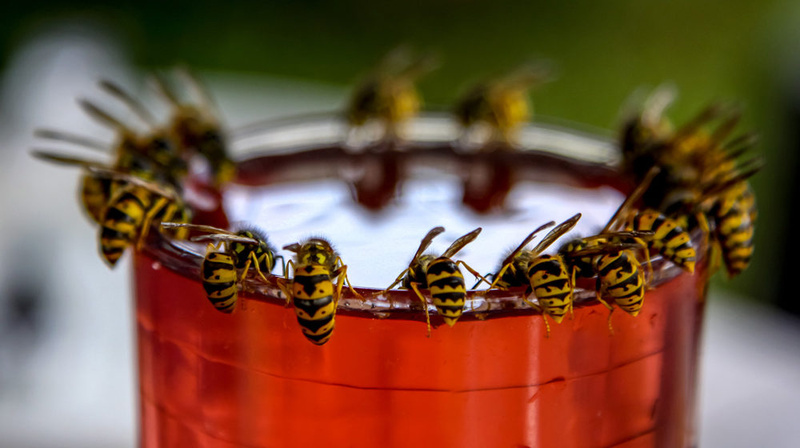
Florida Spring Pests, Part 1: Get to Know Them
Warming spring weather invites both humans and pests to leave home and explore the great outdoors. Included in this post are six of the most common pests that Florida homeowners can expect to find this season. Part 1 of 2.
Pleasant spring weather creates terrific opportunities to get out of the house, enjoy nature, and work outside. Unfortunately, that same call also extends to spring pests, those bugs that Florida homeowners haven’t missed over the winter months.
Knowing how to deal with any pest problem is important, but the crucial first step is to understand what you’re dealing with. So, for this first post on Florida spring pests, let’s focus on the insects that you may find enjoying nature around your home.
Mosquitoes
Mosquitoes remain mostly inactive throughout the winter months, but once temperatures reach around 50 degrees, mosquitoes re-emerge, and they’re hungry. Mosquitoes are mostly just annoying, but they can also be dangerous because some carry serious diseases. Two kinds of mosquitoes are vectors of the Zika virus; others carry dengue fever, malaria, and West Nile Virus.
Wasps & Bees
These two pests are similar in that they both fly and sting, but don’t be fooled: there is a wide variety of stinging insects. Most members of these species are social creatures that will defend their colonies from perceived threats. (Read: if they feel threatened by you, they’ll be aggressive.) Some species are relatively innocuous. Others pose a more substantial risk to humans. Expect to see wasps and bees this season.
Ants
This wouldn’t be a complete post about Florida pests without including ants. While fire ants may be one of the most well-known of the ant families, there are a host of other ant species commonly found in Florida. Carpenter, pharaoh, ghost, and acrobat are just a few of these, but the list goes on, and you can count on seeing at least a few of them this spring and summer.
Chinch Bugs
These lawn-lovers can quickly cause significant damage to St. Augustine grass. The orange nymphs and black-and-white adults are both very small, making them difficult to detect unless you’re looking for them. Chinch bugs are most often found on the borders between green and brown grass, sometimes as densely as 200 bugs per square foot. They suck the juice out of grass blades, effectively killing lawns in large patches.
Termites
And finally, termites: the insects that can literally eat you out of house and home. Of the twenty-one varieties found in Florida, only a few termite species are actually considered pests. Still, unless you can identify termites by species, it’s always better to be safe than sorry. Check exposed wood around your residence and other structures to locate termites before extensive damage occurs. You may not see the bugs, but piles of termite droppings plus eaten wood are telltale signs of their presence.
Next Up: What to Do About Pests
This post lists six of the most common Florida spring-emerging pests. Check back in May for Part 2. In that blog, we’ll provide helpful information about how to prevent and manage pest problems.